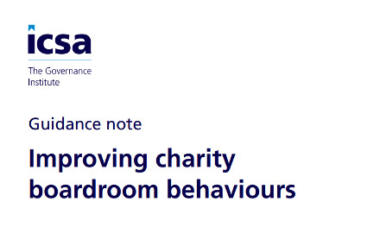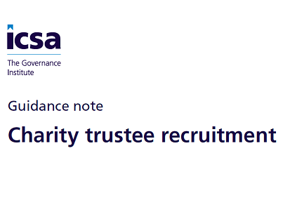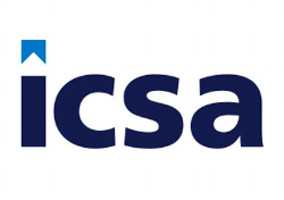ICSA: The Governance Institute has produced free guidance aimed at improving behaviours in charity boardrooms.
The guidance is based on the Charity Governance Code’s seven principles for good guidance and translates these principles into suggested boardroom behaviours for trustees, chairs, chief executives and governance professionals.
The guidance says that “good and professional behaviour is critical to board effectiveness” and that “policies, procedures and protocols only go so far in promoting good governance”.
Announcing the guidance, Louise Thomson, head of policy (not for profit) at ICSA, said: “Good governance is about more than just having the right policies, procedures and protocols in place. If the people responsible for leading the charity are ignorant of them, or unable or unwilling to adhere to them, governance falls down.
“This is why boardroom behaviours and the ethical practices, values and culture of the charity are of equal importance. This guidance provides examples of positive behaviours that should help trustees to make constructive challenge and good decisions that further the charitable objects and lead to positive changes.”
The boardroom behaviours attributed to the seven principles of good governance have been broken down for trustees as follows:
- Principle 1 – Organisational purpose: committed to the cause; clarity of focus (understanding their role and purpose); being strategic
- Principle 2 – Leadership: leads by example; can operate as part of the team
- Principle 3 – Integrity: integrity; independent thinking; ethical
- Principle 4 – Decision making, risk and control: probing but not controlling; risk aware, not risk averse
- Principle 5 – Board effectiveness: self-aware; creative, innovative; keen to learn and improve
- Principle 6 – Diversity: open-minded; courageous
- Principle 7 – Openness and accountability: listens; inspires trust; accepts responsibility and accountability.
The guidance breaks down these boardroom behaviours into examples of behaviour, and assigns each principle a key question for the board and individual trustee so that they can “assess whether or not they are meeting the principles effectively in terms of appropriate behaviour”.
Related articles











